- Industry News
- 10.24.2017
For many years the standards have provided a means for the electronics communities to communicate with the cabling communities. The liaisons between the standards bodies were essential as the cross dialogue created a least common denominator to assure interoperability between specialties and manufacturers, but most importantly provided the interoperability that end users required. End users demanded open, interoperable systems.
It is important to note that standards are least common denominators. There are often applications that not only meet, but significantly exceed the standards. There are also minimally compliant products that some argue are really all you need. That said, how do you know that you are operating within the standards? The rating label on a cable means nothing. In order to say you are standards compliant, a cable must be properly installed and tested. All parameters must pass. One scary statistic I heard at an IEEE meeting where the estimate was that over 50% of all the category 5e installed and in use today would not pass testing. Electronics will respond by autonegotiating to a lower speed, dropping the connection altogether, or intermittent retransmissions which will slow down a network.
The same electronics manufacturers that shape the standards are working to make their solutions proprietary for a myriad of reasons. At the core of the active equipment is how it interfaces with the software and protocols that are supported. There are multiple management protocols available. Hooks into the hardware for control are sometimes proprietary. As hardware gets more intertwined with operating systems and functions, the temptation to use solutions that fall outside of mainstream standards increases. In data centers today, electronics manufacturers strive to be the only hardware provider within the space. For software defined functions, the hooks into the hardware are an essential part of the transmissions.
It is important to note that standards are only part of a solution set for intelligent buildings or data centers.
Today, we can arrange transmissions in a physical, logical, or software defined way. And generally, there is a combination of all of the above. So, what exactly do standards provide us, today? They are still a baseline for transmission performance. They are still great guidelines. They are still a level of protection. But where and when do you choose to be standards compliant versus choosing a solution that is not compliant?
From a cabling perspective, we hear about headroom and margin, they do provide a forgiveness factor for poor installation practices. But there is no application that really takes advantage of that headroom. We know that electronics can operate at longer distances than defined in some of the standards. We know that we can increase transmission length with lower cost copper transceivers by utilizing Active Optical Assemblies. These assemblies extend the distance of a copper port to lengths normally supported by more expensive fiber ports. We also hear about superior products that greatly extend distances and performance like our platinum award winning GameChanger and the new GameChanger+. Both of these carry video 2-3x longer than the standard category cable.
These applications are certainly above and beyond the standards. But what about the great application for which no standard exists just yet? What about the application that meets your needs and is totally proprietary but does everything you need? What standards are important to you? If a longer cable can save $38,000 in construction by removing an intermediate distribution point, power, and equipment is it justifiable to live outside the standards?
I suggest getting in the habit of starting with business needs and working backwards. And don't assume that all of the business has the same needs either. It is important to keep an open mind to applications that could provide significant benefit to the business. Products that operate outside of the standards are generally developed to meet a need. As long as the vendor supports you and the applications work, those products deserve some consideration. If enough companies get on board, that is how de-facto standards come about. At the very least, you may have a great solution. The standards are important, but they are not everything. Sometimes rules are meant to be broken.

